Nose piercing, a practice that dates back centuries, has evolved from cultural traditions to become a globally recognized form of self-expression. The act of adorning the nose with jewelry is not only an aesthetic choice but a declaration of individuality, allowing people to showcase their unique identity and style. From the ancient civilizations that initiated this trend to the modern variations that adorn faces today, nose piercing remains an artful and meaningful form of body modification.
Historical and Cultural Significance:
The history of nose piercing is rich and diverse, with cultural significance spanning across different regions of the world. It has held various meanings throughout time:
- Ancient Civilizations: Nose piercing dates back to ancient civilizations, such as the Egyptians, who associated it with spirituality and adornment of the divine. In India, nose piercings have been deeply rooted in tradition, symbolizing a woman’s marital status or social standing.
- Rites of Passage: In some cultures, nose piercing marked significant life events. In parts of Africa, it was a rite of passage for young girls entering womanhood.
- Symbolism: Beyond aesthetics, nose piercings often carried symbolic meanings. In certain societies, the left side of the nose was believed to be linked to fertility, while the right side symbolized a woman’s connection to her husband.
The Stages of Nose Piercing: From Preparation to Adornment
Achieving the perfect nose piercing involves more than just picking out jewelry. It’s a multi-stage process that requires careful consideration, preparation, and proper aftercare. Let’s explore the stages of nose piercing, from the initial decision to the final adornment.
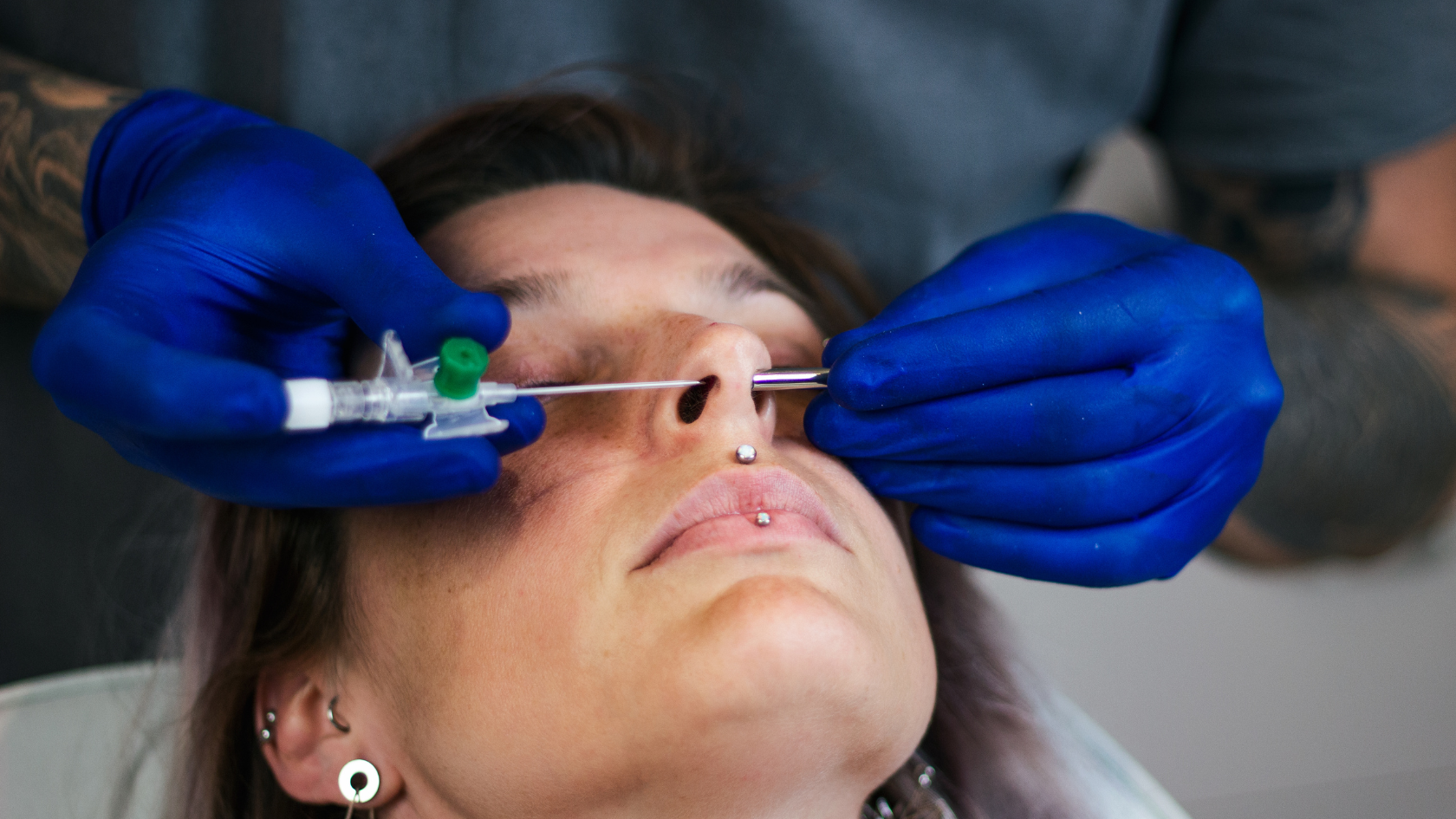
1. Preparation: Deciding on Style and Placement
The journey begins with the decision to get a nose piercing. This stage involves more than just choosing a piercing; it’s about understanding your personal style and preferences.
- Research: Before visiting a piercing studio, educate yourself about the different types of nose piercings available. Learn about the various styles, placements, and jewelry options.
- Consultation: Once you’ve decided on a piercing style, schedule a consultation with a reputable piercer. They will guide you through the process, answer any questions you have, and help you choose the perfect placement for your piercing.
2. Piercing Process: Navigating the Moment
The day of your piercing is a blend of excitement and anticipation. This stage involves the actual piercing procedure and marks the beginning of your nose piercing journey.
- Pre-Piercing Preparation: Before the procedure begins, your piercer will clean the area around your nose and mark the exact spot where the piercing will be placed. Take your time to review and ensure you’re comfortable with the placement.
- The Piercing: With the placement marked, the piercer will use a sterilized needle or hollow piercing needle to create a hole. The chosen jewelry will then be inserted through the fresh piercing.
3. Healing Period: Nurturing Your New Piercing
After the piercing is complete, your body enters a crucial healing stage. This period is vital for preventing infection, irritation, and ensuring the piercing sets properly.
- Aftercare: Your piercer will provide detailed aftercare instructions. This typically involves cleaning the piercing with a saline solution or a mixture of non-iodized sea salt and warm water. Avoid touching the piercing with dirty hands and refrain from using makeup or harsh chemicals near the area.
- Healing Times: Healing times can vary based on the type of piercing and your individual body. Generally:
- Nostril Piercing: 3 to 6 months.
- Septum Piercing: 6 to 8 weeks.
- Bridge Piercing: 8 to 12 weeks.
During the healing period, it’s essential to be patient and follow the aftercare instructions diligently.
4. Changing Jewelry: Embracing Personalization
As your piercing heals, you’ll reach a stage where you can switch out the initial jewelry for something more reflective of your personal style.
- Timing: Consult your piercer before changing the jewelry. It’s important to wait until the piercing is fully healed to avoid disrupting the healing process.
- Jewelry Options: Once you get the green light, you can explore an array of jewelry options. From delicate studs to ornate hoops, the choice is yours to reflect your personality and style.
5. Long-Term Care: Preserving Your Piercing
After the initial healing stage, maintaining the health and appearance of your piercing becomes a long-term commitment.
- Regular Cleaning: While you won’t need to clean your piercing as often as during the healing phase, occasional cleaning is still essential to prevent buildup and maintain hygiene.
- Jewlery Rotation: To prevent the jewlery from adhering to the piercing, gently rotate it during cleanings. However, don’t overdo it, as excessive movement can irritate the healing tissue.
6. Enjoyment and Expression: The Final Stage
As your nose piercing fully integrates into your daily routine and personal style, you’ll reach a stage of pure enjoyment and self-expression.
- Confidence: Your nose piercing becomes a part of you, boosting your confidence and allowing you to showcase your individuality.
- Experimentation: With the ability to switch out jewely, you can experiment with different styles and sizes to match various occasions and moods.
- Storytelling: Your piercing becomes a unique part of your life story, representing a decision to embrace change and celebrate your identity.
Types of Nose Piercings: From Classic to Contemporary
With a history spanning centuries and cultures worldwide, these piercings have evolved to encompass a wide array of styles that cater to different aesthetics and preferences. From the classic nostril piercing to the edgier septum and bridge piercings, let’s delve into the intriguing world of nose piercings and explore the distinct types that allow individuals to showcase their uniqueness.
1. Nostril Piercing
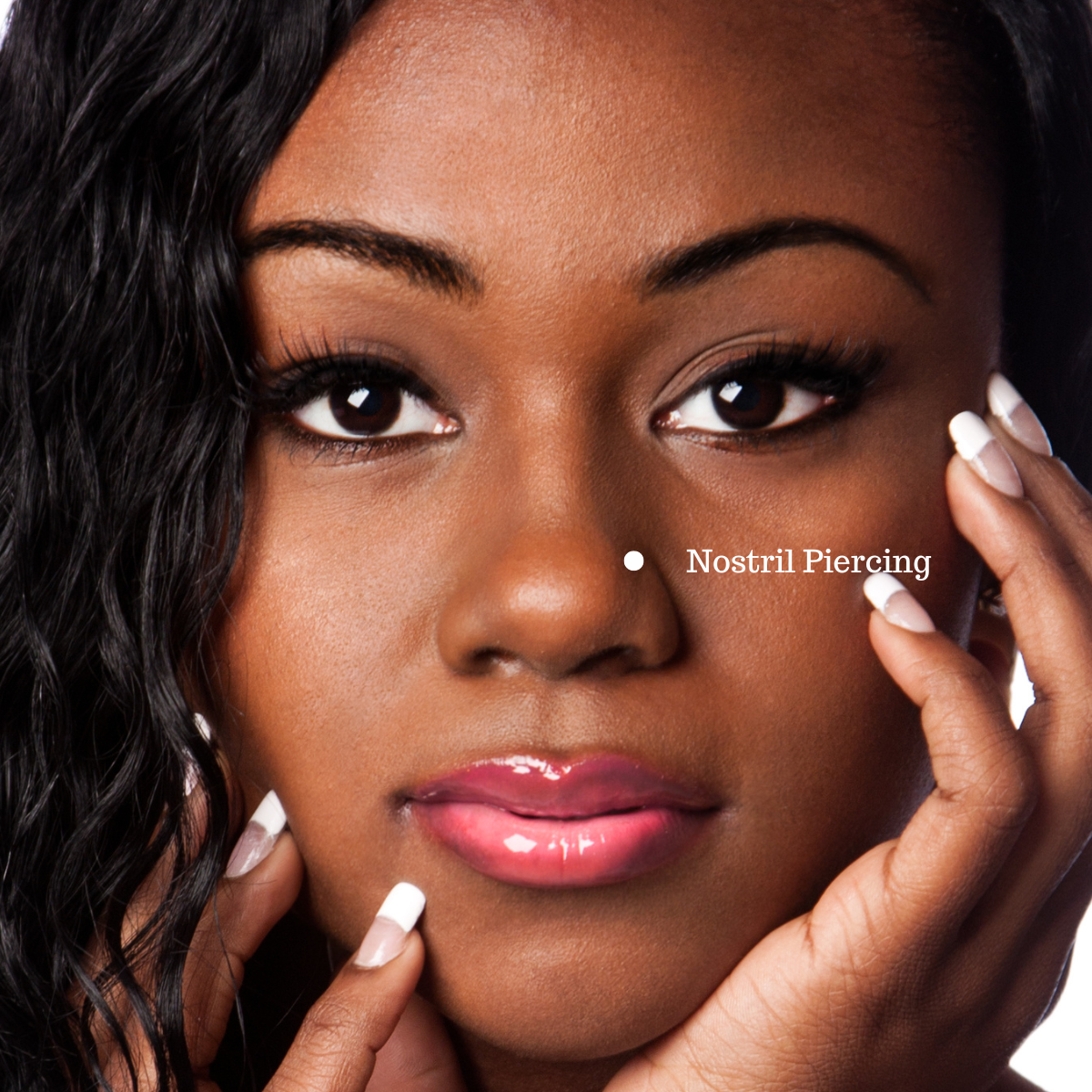
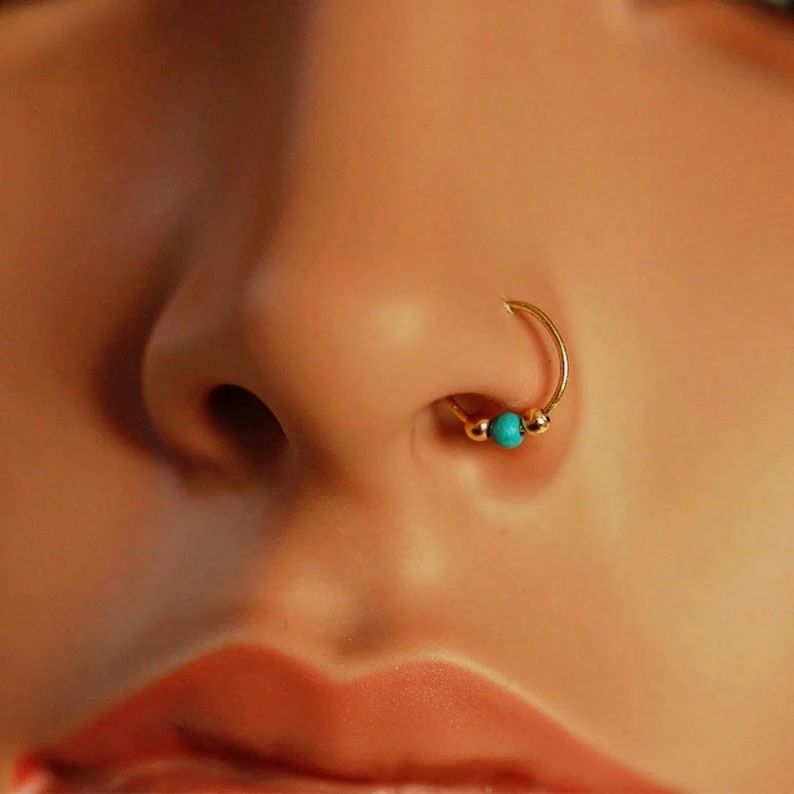
Placement: The nostril piercing is arguably the most well-known and widely recognized type of nose piercing. It involves a single puncture through the soft skin of the nostril, usually on either side. The jewelry is inserted, accentuating the natural contours of the nose.
Style and Aesthetics: Nostril piercings are incredibly versatile, making them an excellent choice for those new to piercings or looking for a subtle yet stylish addition to their appearance. A small stud or hoop can add a touch of elegance or edge, depending on the chosen jewelry.
2. Septum Piercing
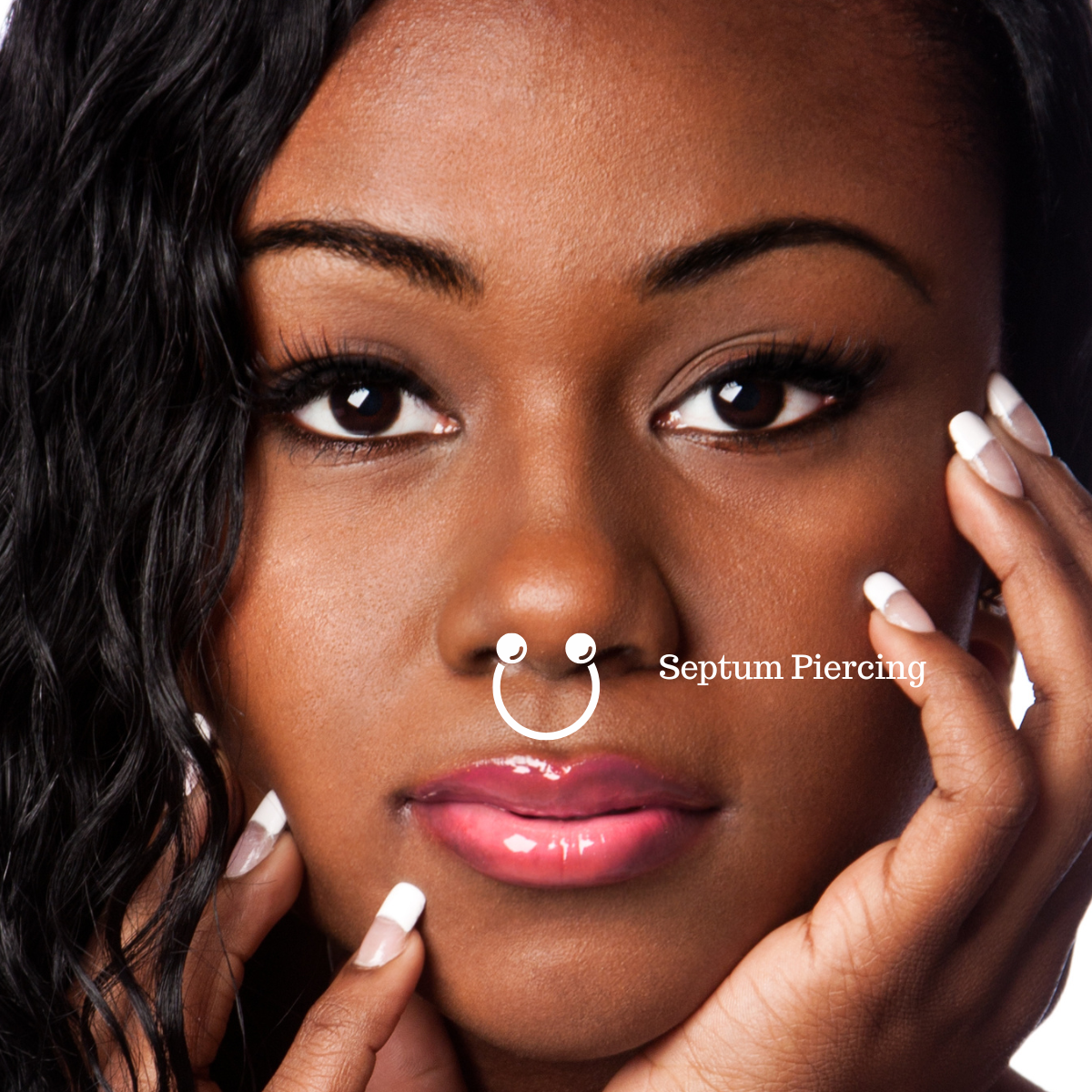
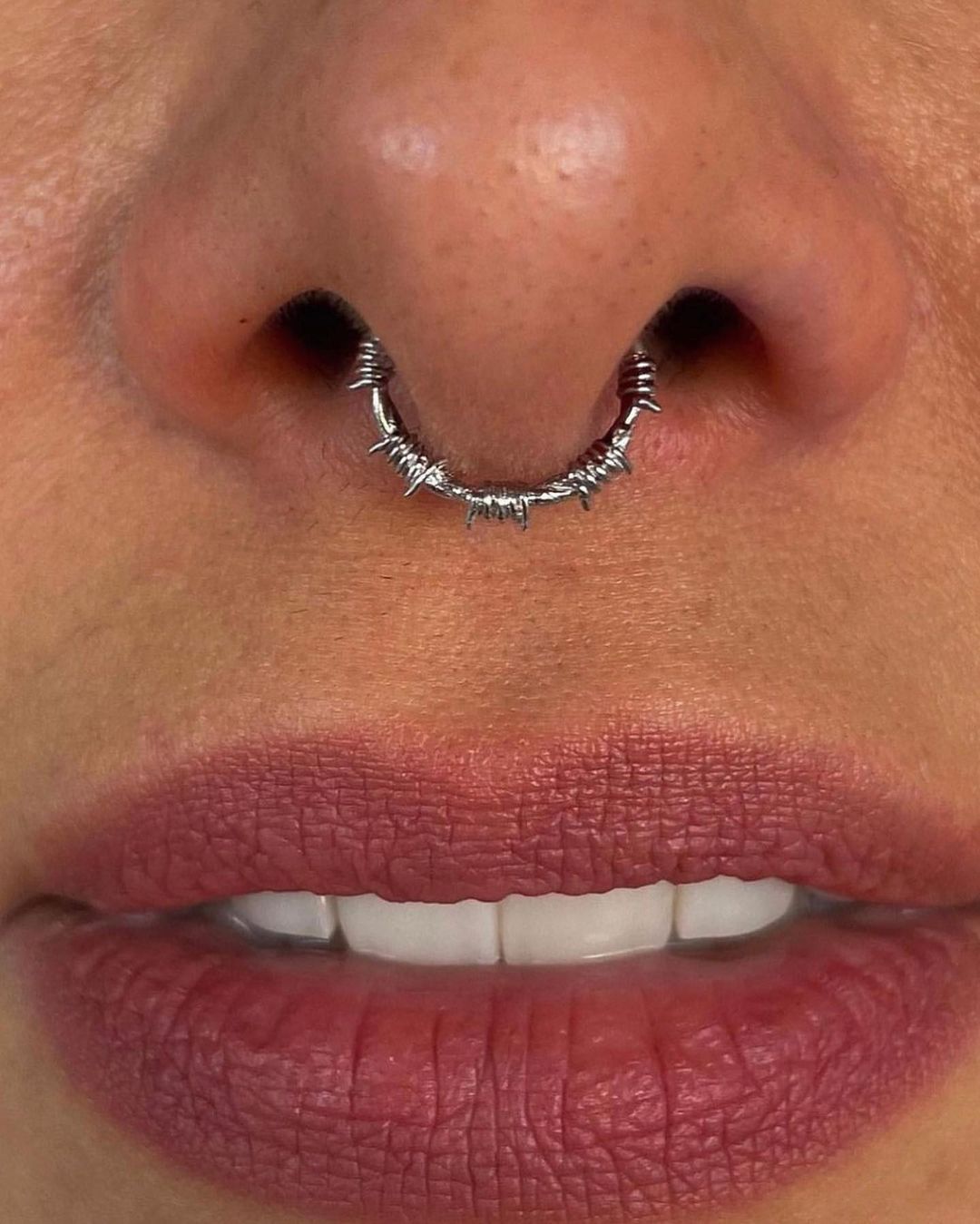
Placement: The septum piercing is positioned through the thin piece of tissue that separates the nostrils, known as the septum. The jewelry rests within the nasal cavity, creating an intriguing and unique aesthetic.
Style and Aesthetics: Septum piercings have surged in popularity due to their ability to create an edgy, rebellious look. The jewelry options range from simple captive bead rings to intricate clickers and circular barbells. The septum piercing allows for creative expression while still being easy to conceal when needed.
3. Bridge Piercing
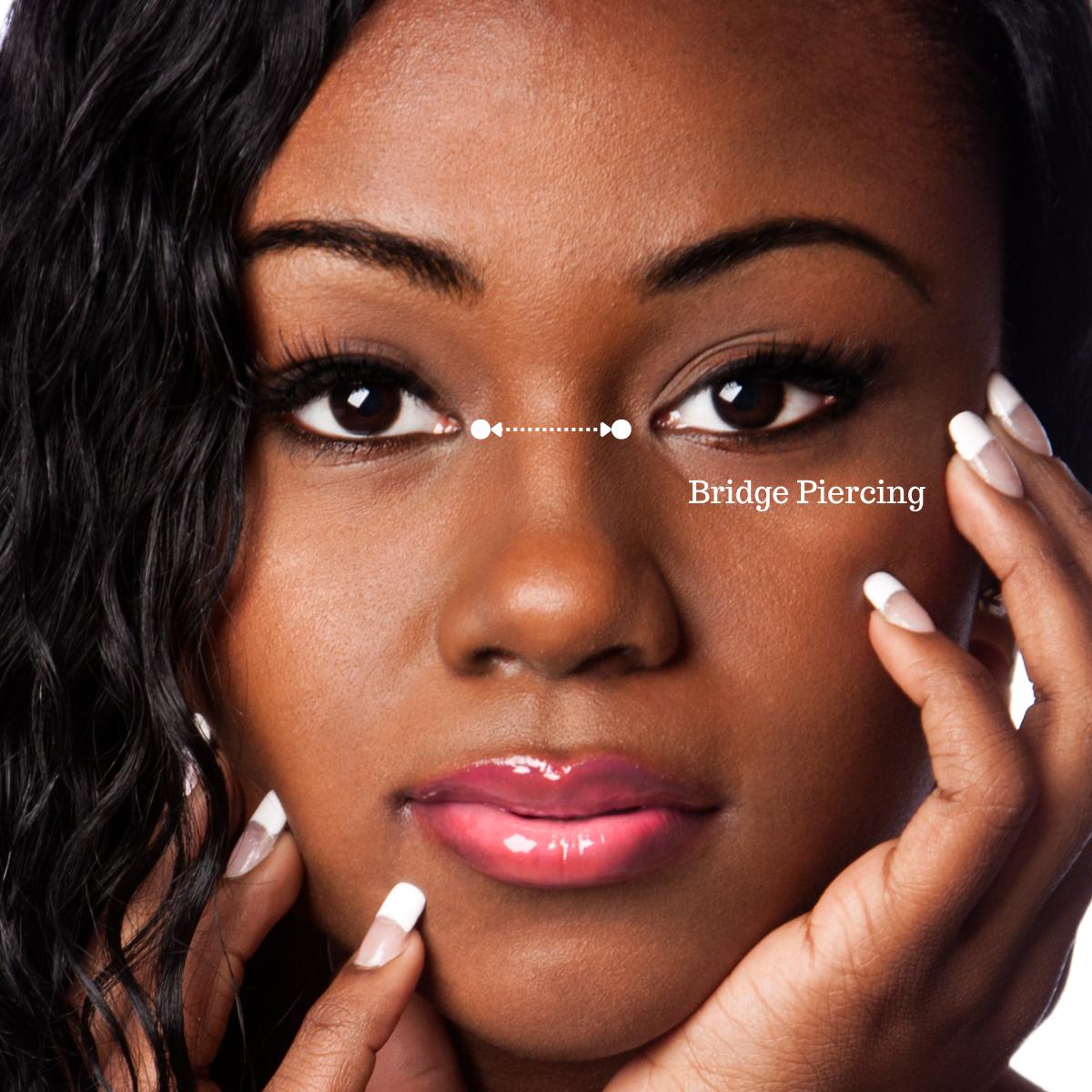
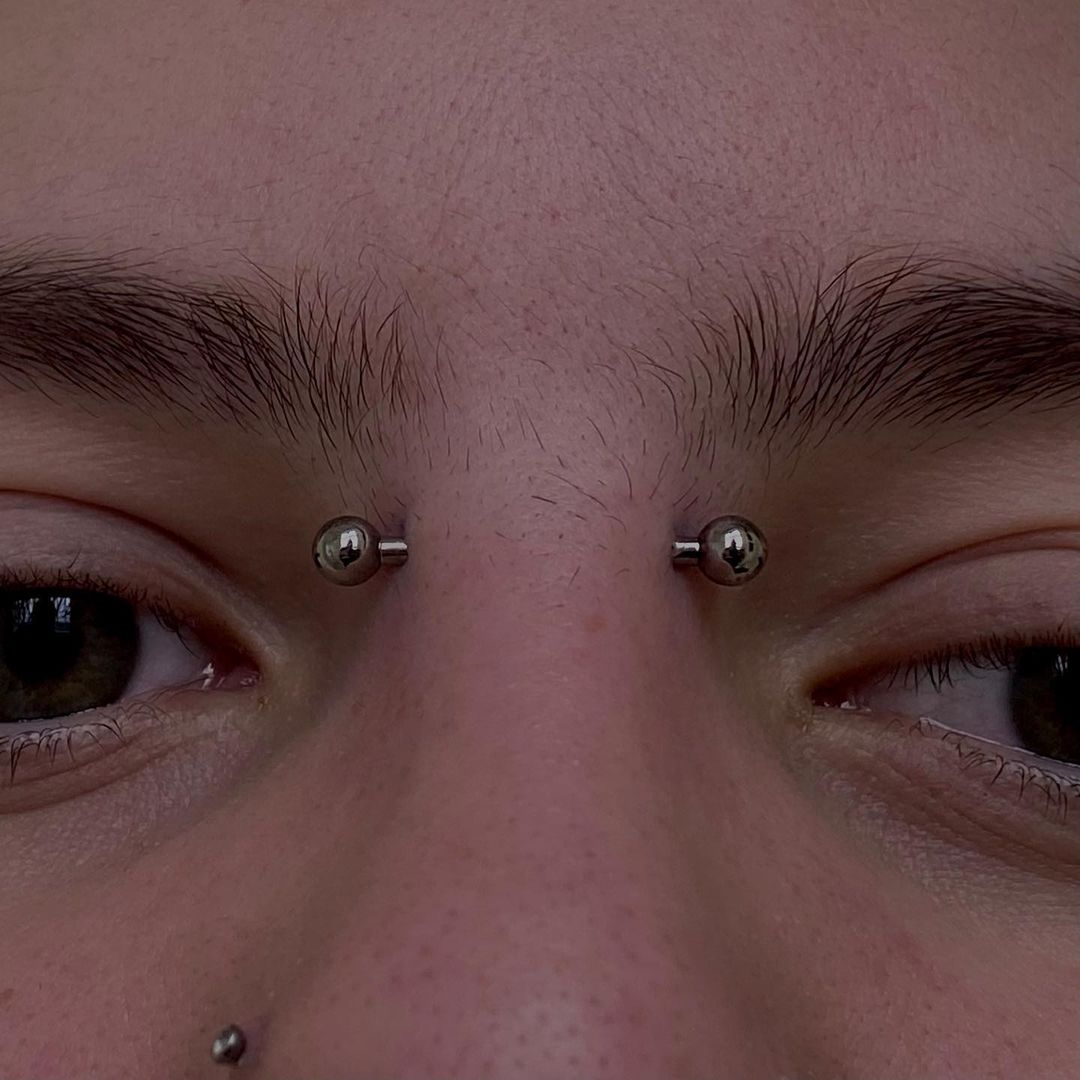
Placement: The bridge piercing, also known as the “Erl,” is a more unconventional choice. It’s placed horizontally on the bridge of the nose, right between the eyes. This piercing requires careful consideration due to its positioning and potential impact on those who wear glasses.
Style and Aesthetics: Bridge piercings are bold and attention-grabbing, often chosen by those who want to make a unique statement. The selection of jewelry can vary, from straight barbells to curved options, allowing wearers to personalize their look.
4. Nasallang Piercing
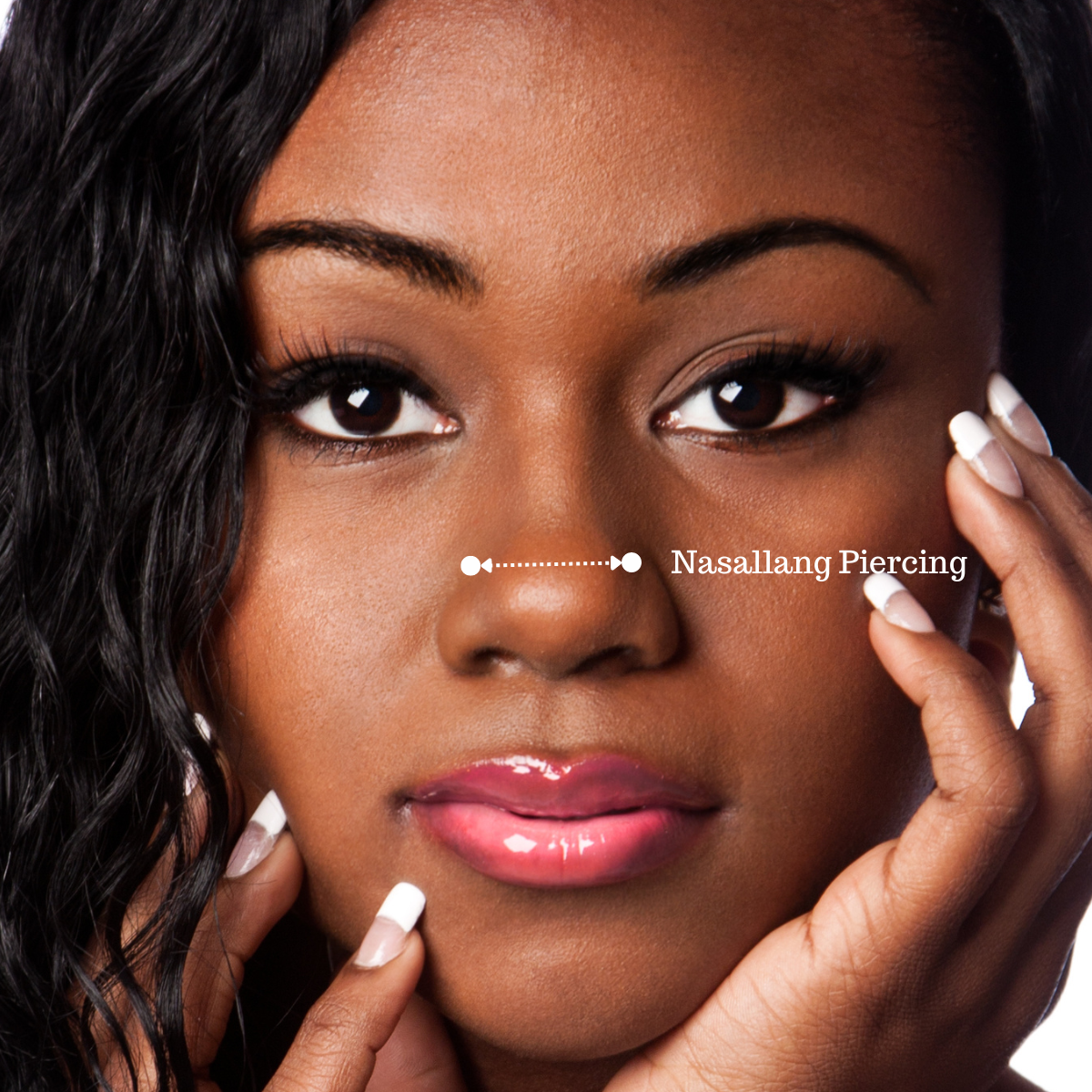
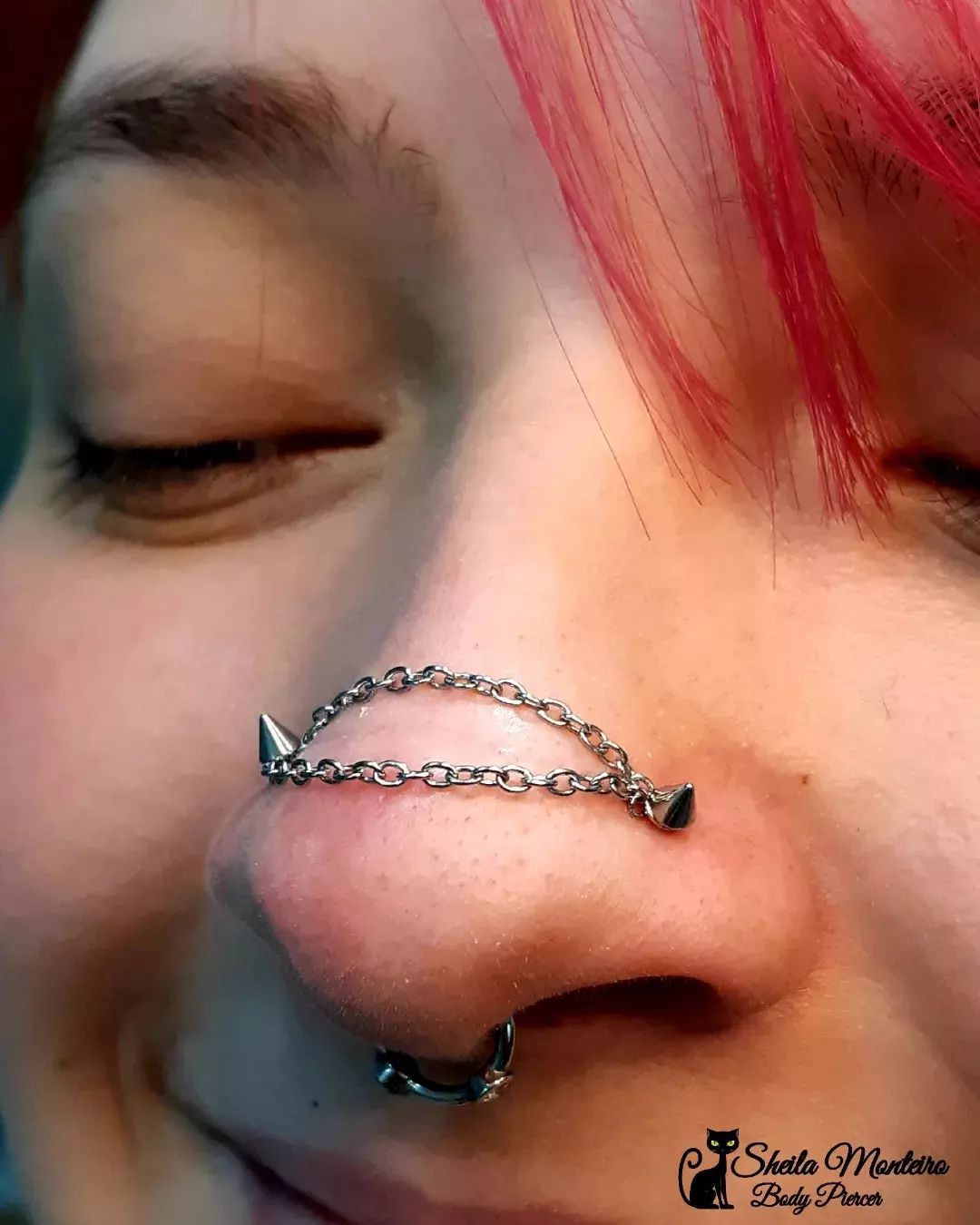
Placement: The nasallang piercing is a daring choice that involves a single barbell passing through both nostrils and the septum in one swift motion. This intricate placement requires precision and is not recommended for beginners.
Style and Aesthetics: The nasallang piercing offers a distinctive appearance that combines elements of both nostril and septum piercings. It’s a dramatic and eye-catching option that showcases the wearer’s courage and willingness to embrace the extraordinary.
5. High Nostril Piercing
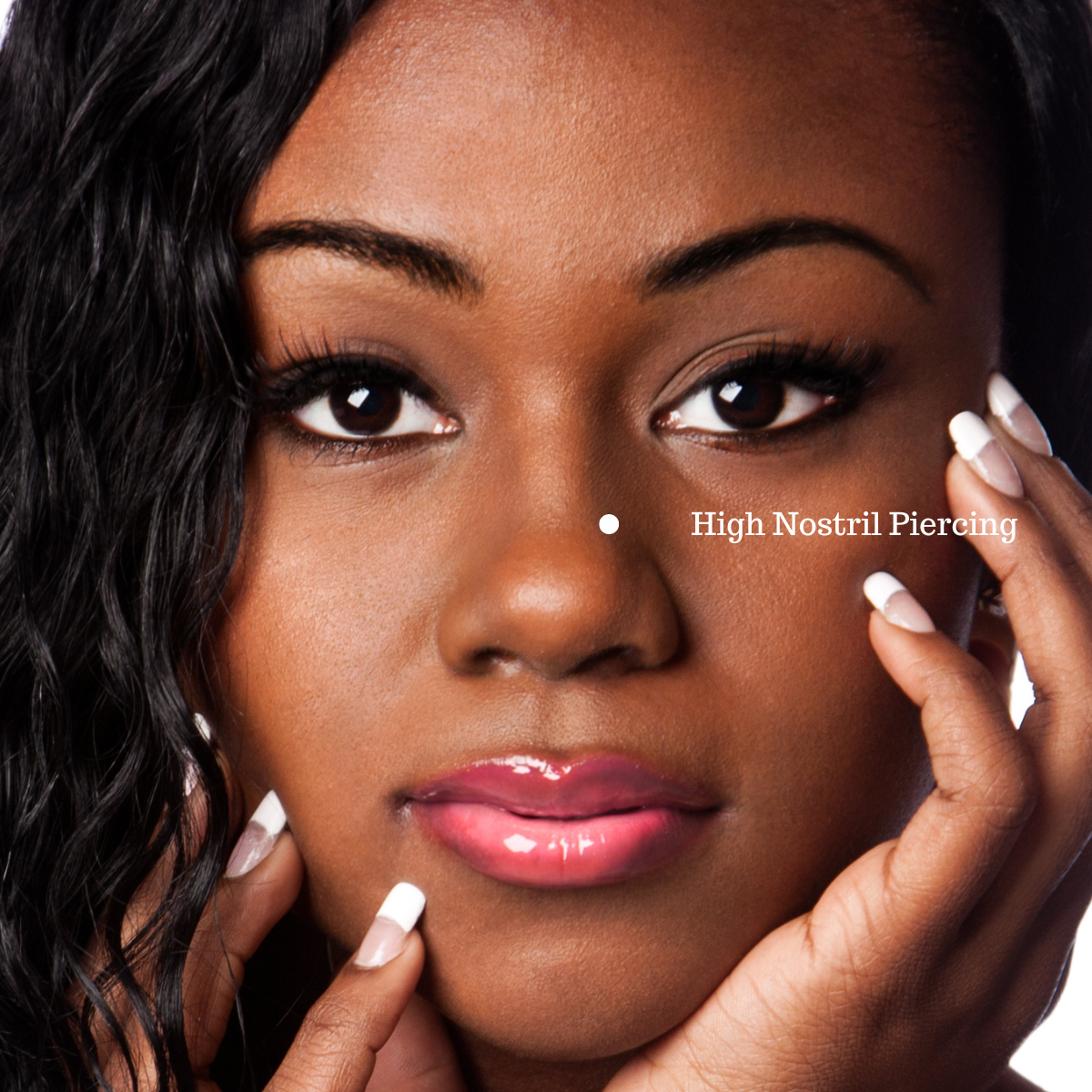
Placement: The high nostril piercing is placed higher up on the nostril, closer to the bridge of the nose. This positioning gives a unique twist to the traditional nostril piercing.
Style and Aesthetics: High nostril piercings are known for their subtle and elegant appeal. They provide a fresh take on the classic nostril piercing, allowing for more creativity in jewelry placement and stacking.
6. Vertical Tip Piercing
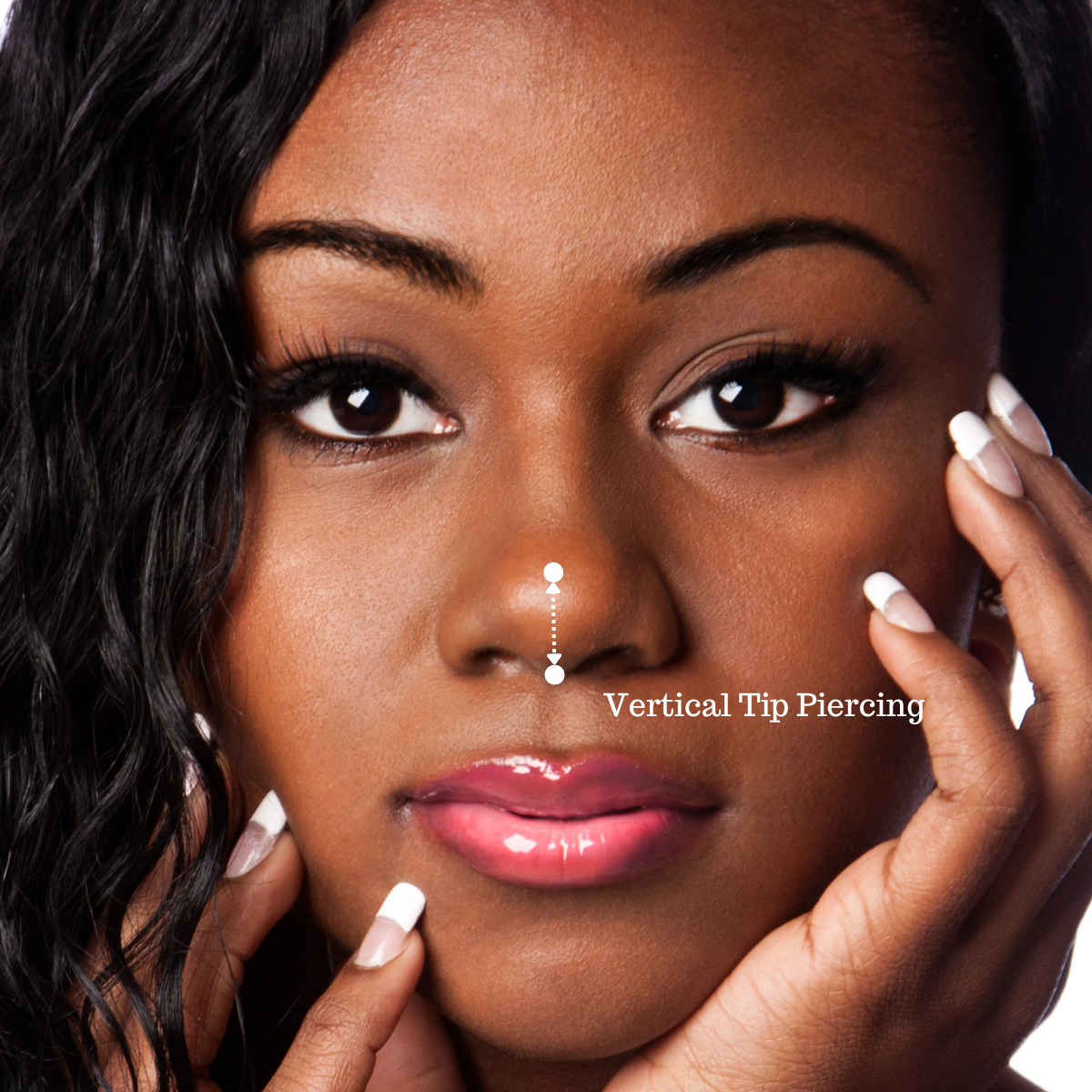
Placement: The vertical tip piercing, also known as the rhino, is placed vertically through the tip of the nose. It’s a lesser-known choice that offers a minimalist yet edgy look.
Style and Aesthetics: The vertical tip piercing is perfect for those who seek an unconventional and distinctive style. With a simple barbell or hoop, this piercing can create an understated yet striking impact.
Nose piercing is a timeless tradition that has transcended time and culture to become a form of modern self-expression. Its evolution from cultural significance to personal style showcases humanity’s desire to create and communicate identity. As you consider getting a nose piercing, remember that it’s not just about adorning your face; it’s about embracing your uniqueness and confidently sharing your story with the world.









